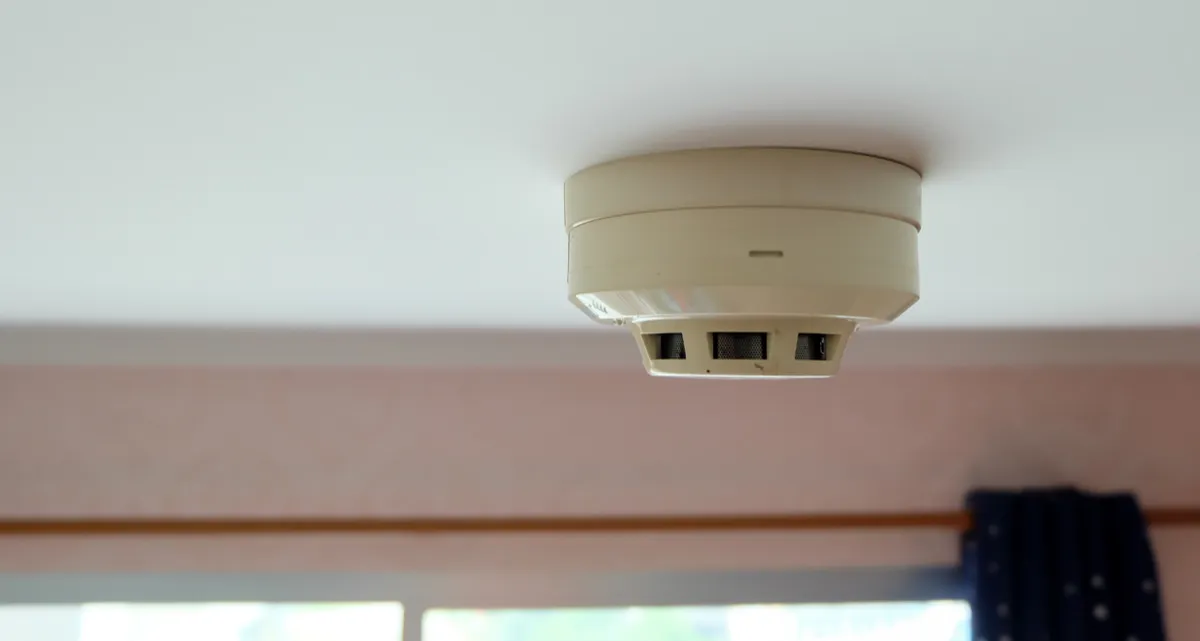Why agents need to count carbon monoxide alarms this month
On 1 October, new smoke and carbon monoxide alarm rules will come into force for rented properties in England and Wales. Agents are being urged to check that their landlords’ properties will still be compliant.




.svg)
.png)












